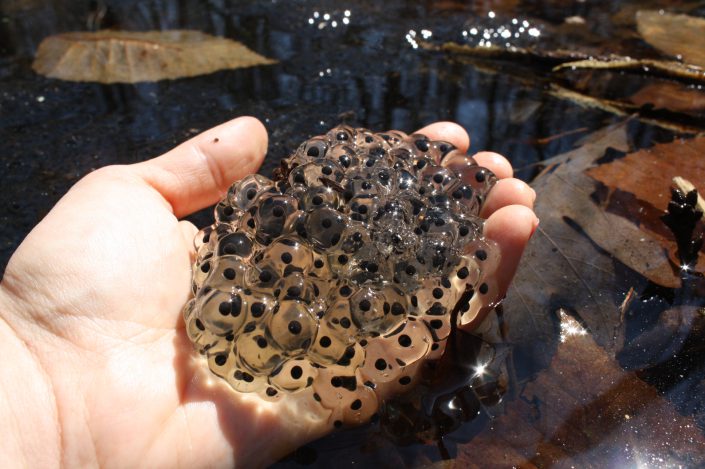Annual Preparations for Piping Plovers Return to NGTC
by Sherry Tirgrath, Wildlife Biologist
Each year in the early spring, piping plovers migrate north to their breeding range, which spans from North Carolina to the Canadian island of Newfoundland. The New Jersey coastline has historically been integral for breeding birds to forage and raise chicks, although suitable habitat is becoming more and more of a rarity in the state. The increase in development, as well as the impact of storms, shoreline erosion and climate change, have permanently altered much of the Jersey shore. Nesting habitat for beach-nesting birds is limited, and predators with exploding populations benefiting from human presence along the coast, make their homes among the beach vegetation and nearby man-made domiciles. Natural beaches with minimal recreational usage are extremely valuable for beach-nesting birds in NJ, with most located along the southern shores. However, some Monmouth County beaches like the National Guard Training Center beach in Sea Girt, are managed to protect the natural resources that are present and continue to host nesting plovers annually.
The NGTC beach is monitored throughout the year by Conserve Wildlife Foundation biologists assigned to the duty as part of the Integrated Natural Resources Management Plan for the site, established by the NJ Department of Military and Veterans Affairs (DMAVA). Included in that plan are various surveys, practices and regulations designed to protect vulnerable species and habitats on the site while still allowing public recreation and beach maintenance to occur. The south half of the beach is a popular bathing beach that is free to military, veterans, police, and their families. The north half is primarily designated as natural beach where recreation is not encouraged. Piping plovers have nested in the Northern Protection Area for the last four years, from 2019 to 2022, with the same resident pair returning each year to reclaim their territory. Piping plovers “Joey” and “Hamlet” had a bitter end to their long-term relationship last year when Hamlet was found deceased, likely killed by an avian predator. Joey attempted to renest with a new female he met later in the season but was unsuccessful. Eventually, both birds moved on. However, given that he survived his winter retreat, Joey may return to the NGTC for 2023 and try to attract a new mate.
Continue reading “Annual Preparations for Piping Plovers Return to NGTC”


